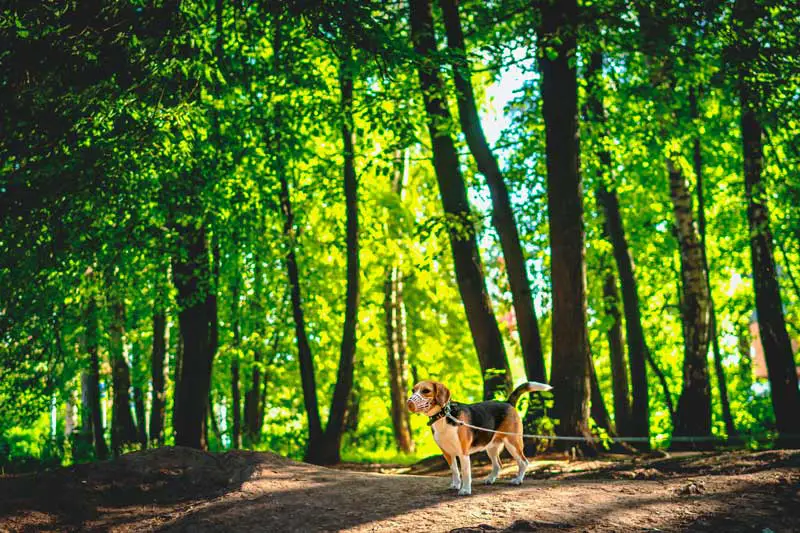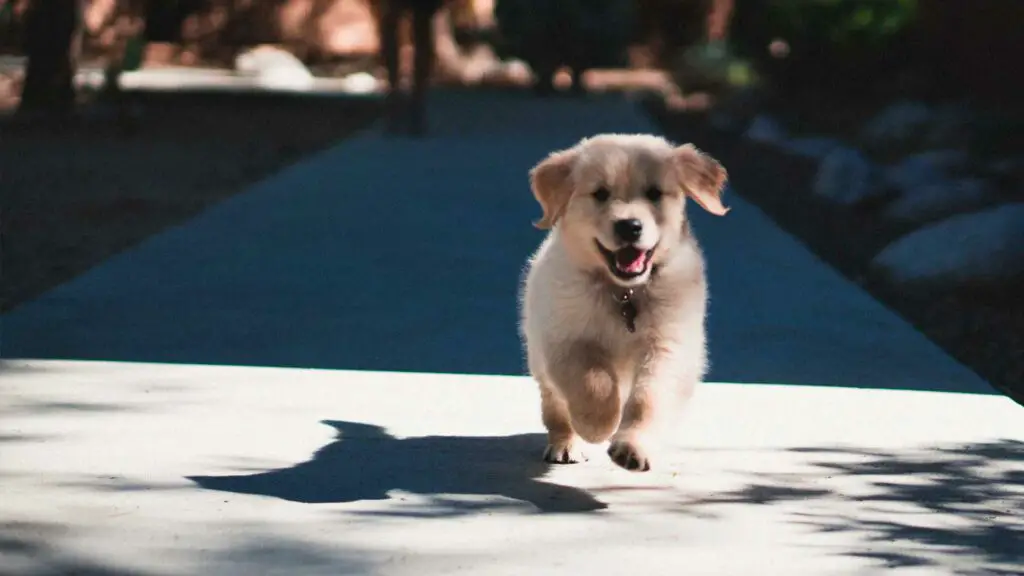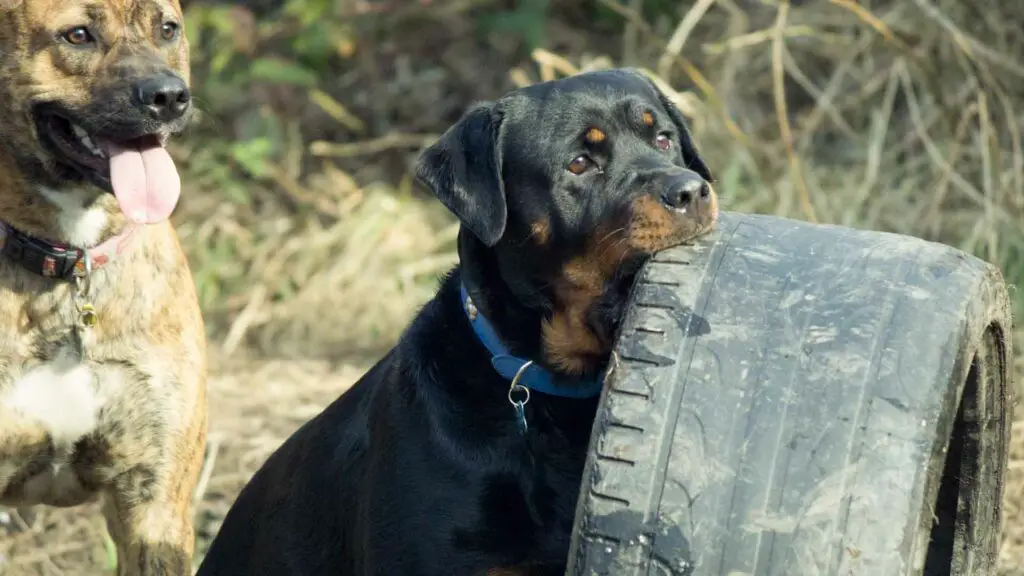Puppy training
Yes, training from the very beginning is essential.
And no, you must not over-train them. Yes, it’s a thing! I have witnessed so many people regret letting their baby dog get too much exercise that I include this instruction everywhere without a miss. Seeing your pup sleep effortlessly after tiring playtimes may feel satisfying, but you’re increasing their appetite steadily with that habit. They will get older and stronger, and that same playtime will no more tire them out. But you know who else will lose their mind? I think you got it.
Being assertive
If you don’t already know, let me tell you that the concept of “Alphas” is big in dogs. It means “the boss.” So, to have your pup listen to you and follow your commands, you must first earn their respect. And how do you do that?
By being assertive
As with any form of education with literally any species, with beagles too, patience is a must. But with it must come a strict, disciplined teacher.
You have to turn your heart into a rock while in the training zone. Your dog needs to know that you are the boss, the decision-maker. It may sound harsh, but it’s for the best, and you know it.
To increase the effectiveness of your training, make sure that you don’t run behind your trainee. At any given point, you must give a specific command only once and wait for their response. Only after a clear break must you go back to giving another instruction.
If you start repeating commands or running after your dog, they will first think it’s a game. And if, by chance, they do take the hint and follow the instruction, it will be after thinking that they must do so when you give repeated instructions only!
Now that’s one annoying trick you just taught them.
Here’s an elaborate playlist that talks about different aspects of training a beagle—a good start for your training program.











